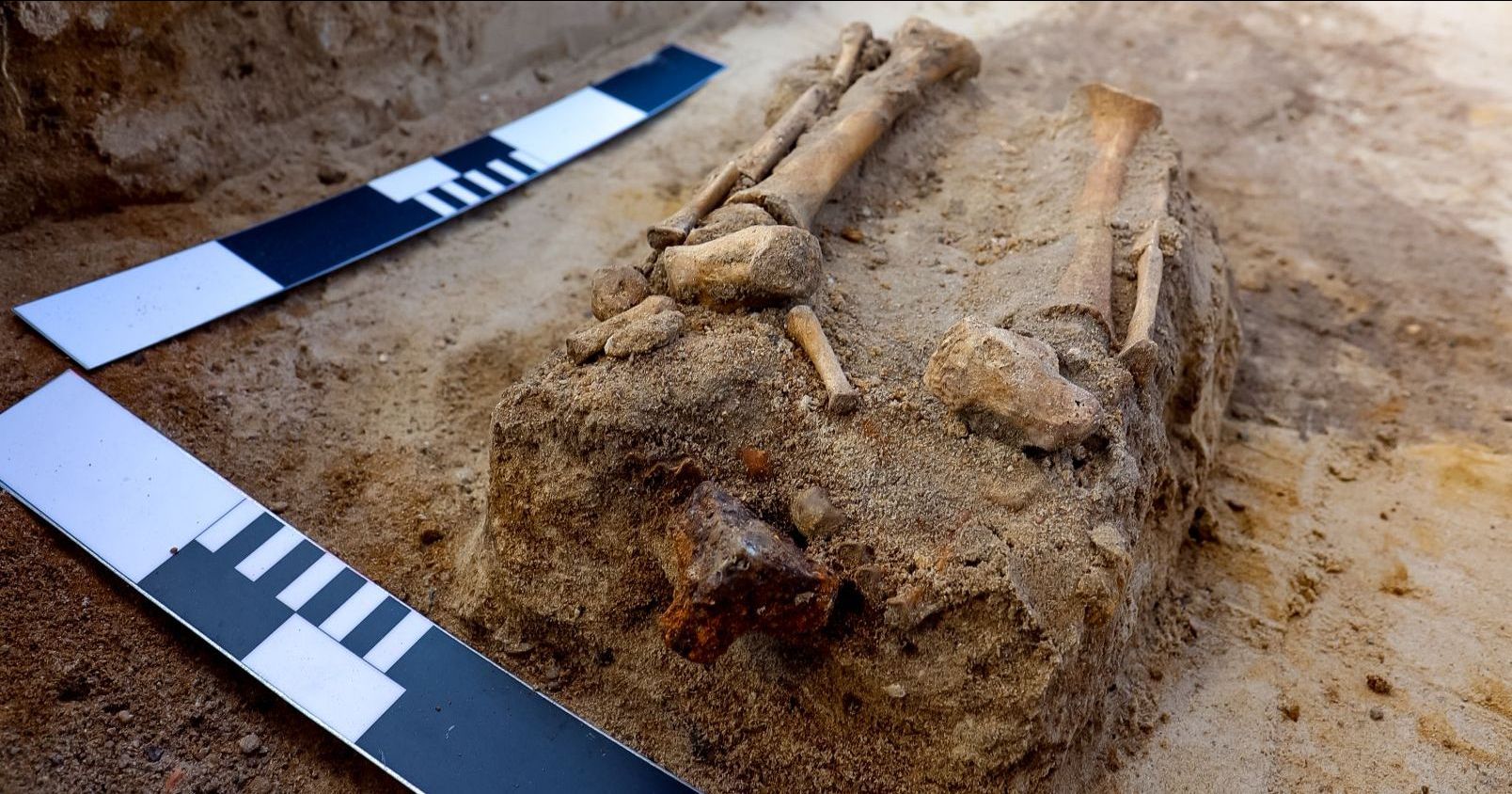 Humanities and arts
Humanities and arts
A season for discoveries
A research team from the Institute of Archeology at the Nicolaus Copernicus University has come across further interesting finds in Pień near Dąbrowa Chełmińska. Supervised by Prof. Dariusz Poliński from the Department of Mediaeval Period and Early Modern Period, the scientists are carrying on the exploration of the area in search of burial sites placed in the early mediaeval and early modern, presumably Protestant, cemetery.
Last year, at the above mentioned place, the scientists from the NCU made a breakthrough discovery. They localized the burial site of a young woman whose body had been dually protected so that the deceased would not rise from the grave; she had a triangular padlock on her left big toe and her neck was pinned down to the ground with a sickle. In mass media, she was soon named a 'vampire'.
The excavation season is now approaching the end. What finds has it brought?

Andrzej Romański
Bearing in mind our discoveries in the last year, we wanted to check whether there are other similar burial sites nearby, which would be meaningful for the interpretation of the function the studied cemetery served, says Prof. Dariusz Poliński from the Department of Mediaeval Period and Early Modern Period at the Faculty of History, NCU, the Head of the archaeological research team in Pień. The excavations showed that far more atypical graves where the deceased were particularly treated can be found in the vicinity.
The grave of a child aged 5 to 7 buried face down discovered this year is one of those strangest and most uncommon. Such a body arrangement may suggest that the community was afraid of the dead child and its activity after death, as it could for example bite the living people. The face-down arrangement could possibly make the dead bite into the ground, not causing harm to the people. Interestingly, only a part of the child's skeleton remained: from the lower legs down. Additionally, under the bones, the archeologists found a triangular padlock, almost identical to that attached to the 'vampire'. The soil layers analysis showed that the burial site had been tampered with, and the missing part of the skeleton had been removed. It is difficult to estimate when it happened and where the missing parts were taken. It cannot be excluded that they were defiled.
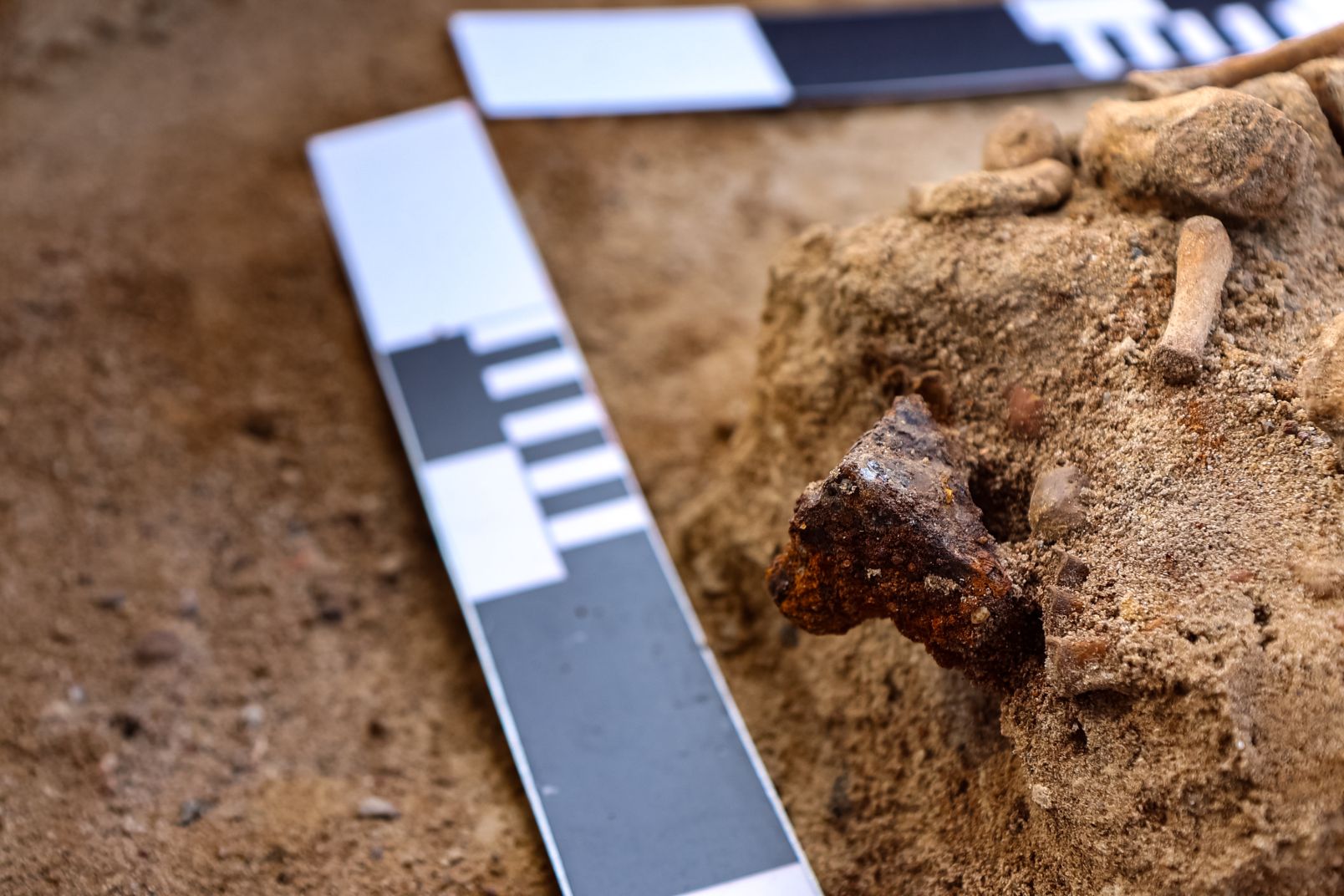
Łukasz Cyżewski
The atypical burial site was placed 1.5–2m away from the grave no.7 5, i.e. the one in which the young 'vampire' woman with the sickle and padlock was buried. Next to the above mentioned grave of the child, an extraordinary agglomerate of a few skeletons of children was discovered; in one of them, a fragment of a jaw was dyed green. A similar greenish hue was observed on the 'vampire's' palate, and in this case, the coating could result from a prolonged treatment of pain and fever with the use of gold suspension. Does it possibly link the two finds? It might as well be a mark left after some other practice, or maybe an object made of some copper alloy was placed in the person's mouth, says Prof. Poliński. Apart from the burial site localization and the padlock, it is definitely another element which connects our recent finds with the previous ones.
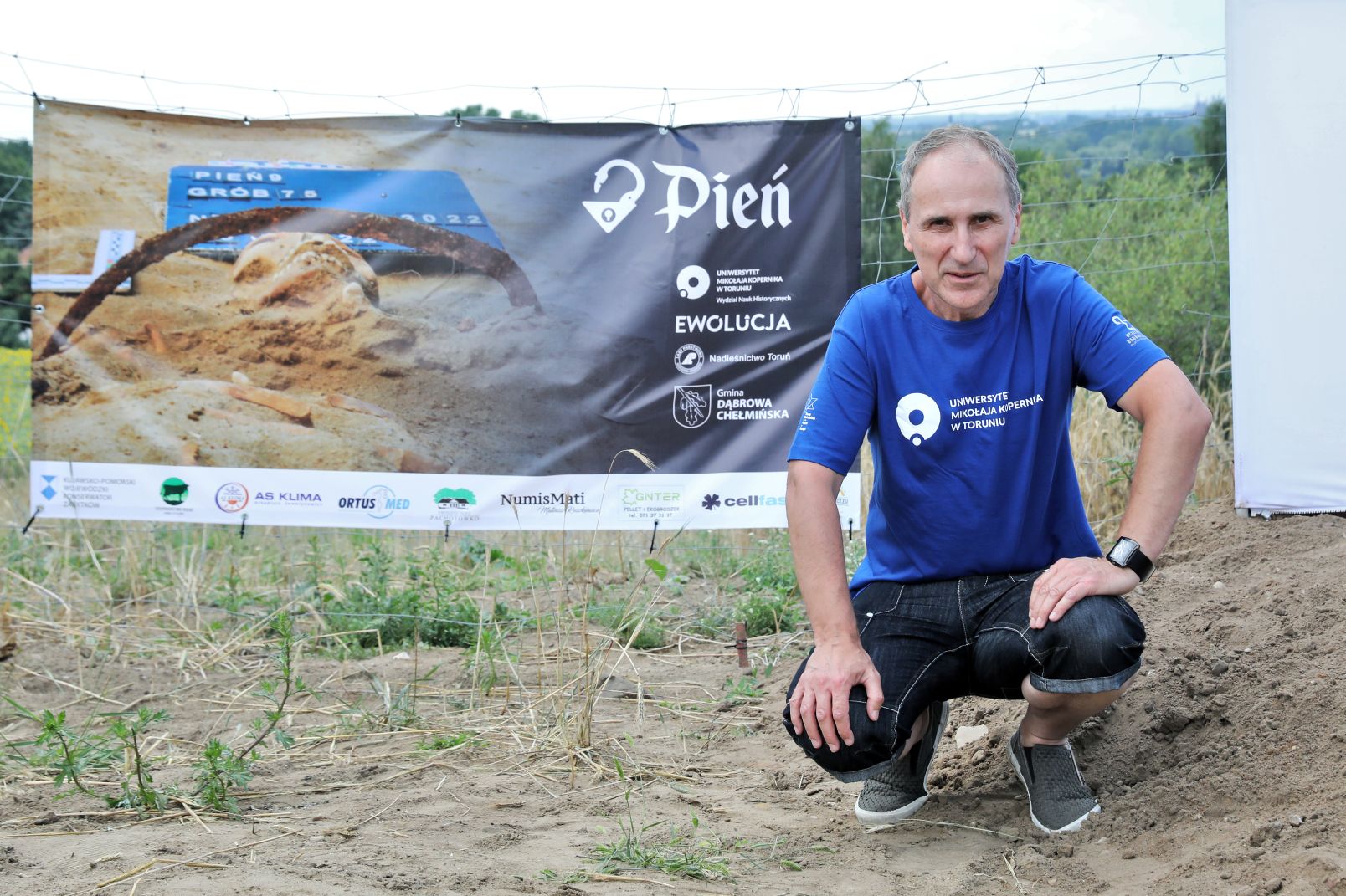
Andrzej Romański
During the current excavation season, the researchers also managed to discover a non-standard burial site of a pregnant woman with the remains of her baby still present in her womb. What intrigued the archeologists was the burial pit located in an atypical place. Graves are usually situated in places where digging is not difficult, usually in sandy areas, notices Prof. Poliński. In this case, the pit was situated in very hard, solid, and rocky ground. It is truly amazing such an effort was made to bury her in this manner. Moreover, a little later, digging another similar burial pit was initiated [which caused damage to the pregnant woman's skeleton; her left arm is missing, ed. note]. Surprisingly, the pit turned out to be empty: no bone remains were identified.
The excavations will probably be continued next year. Now, the researchers are focusing on the laboratory work which is to reveal other 'vampire's' secrets. We are waiting for the results of the DNA analysis of the girl form the site no. 75, informs Prof. Poliński. The results are expected in September. They can provide information about the color of her eyes, complexion, hair, potential genetic diseases. We are also performing complex examination together with specialists in medicine and paleontology. A silk fabric from the buried woman's bonnet was also analyzed. Indeed, the grave is exceptional and worth studying in depth.
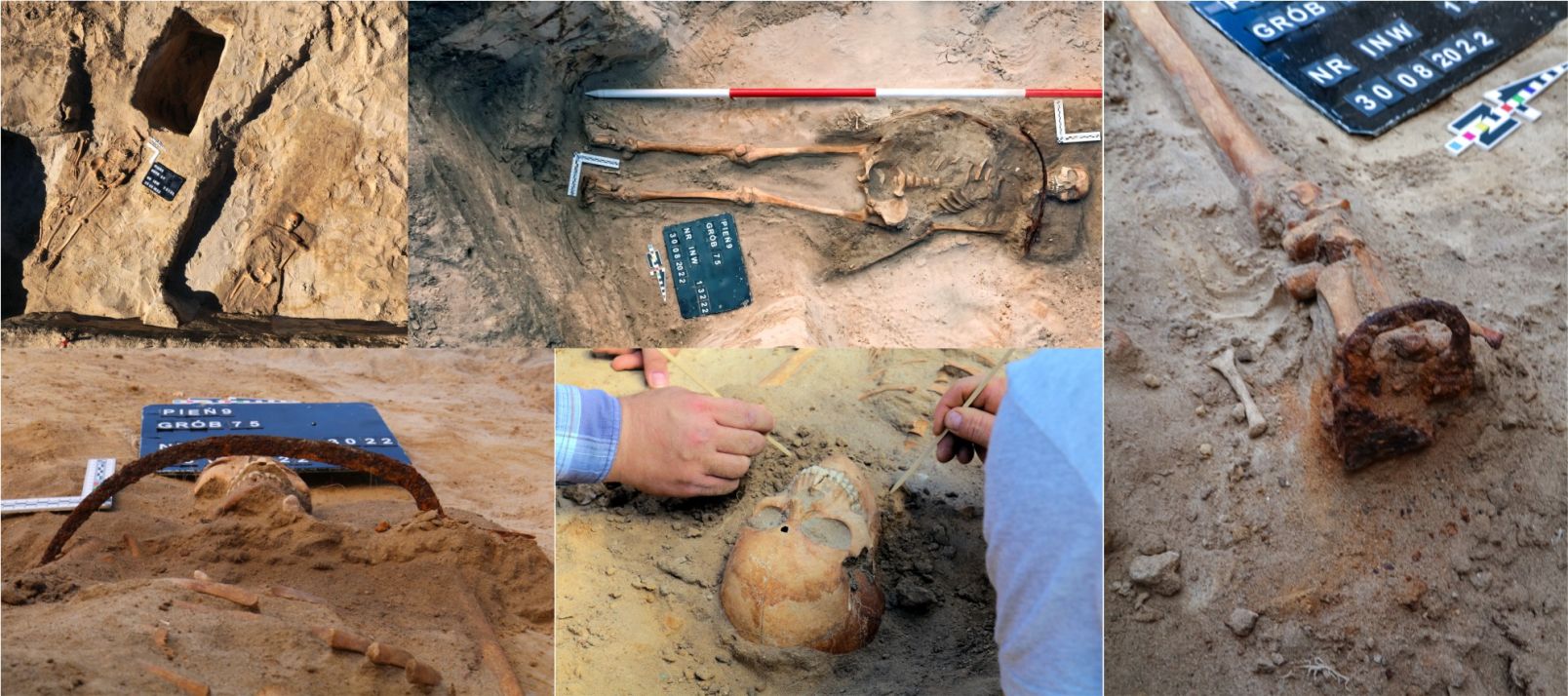
The puzzle pieces successively collected and arranged by the scientists provide a more and more detailed picture of the cemetery in Pień and its remarkable character. There is no historical record in written documents or on maps about the place, says Prof. Dariusz Poliński. It is typical of the cemeteries where individuals excluded from the community were buried. If they were excluded either during their lifetime or after death, they were buried in outlying areas, away from settlements, city walls. Instead, the burial sites were situated on crossroads, pastures, or waste land. Considering the amount of atypical graves showing evidence of strange practices definitely suggesting the fear of the dead, we may suppose that the investigated area is one of such places for the excluded.
The researchers also support their claim that the cemetery could be Protestant; mostly Luterans but possibly also Mennonites were buried there. Assuming the area was for the excluded, which is probably the main aspect determining its function, the idea of casting certain dead people off rather than religious issues seems reasonable. For this reason, Catholics could also be buried there as well as poor community members.
The NCU research team exploring the old cemetery area is supported by the "Ewolucja" (Evolution) Educational Association from Toruń, volunteers, and the local community and authorities from Dąbrowa Chełmińska.
 NCU News
NCU News






 Humanities and arts
Humanities and arts


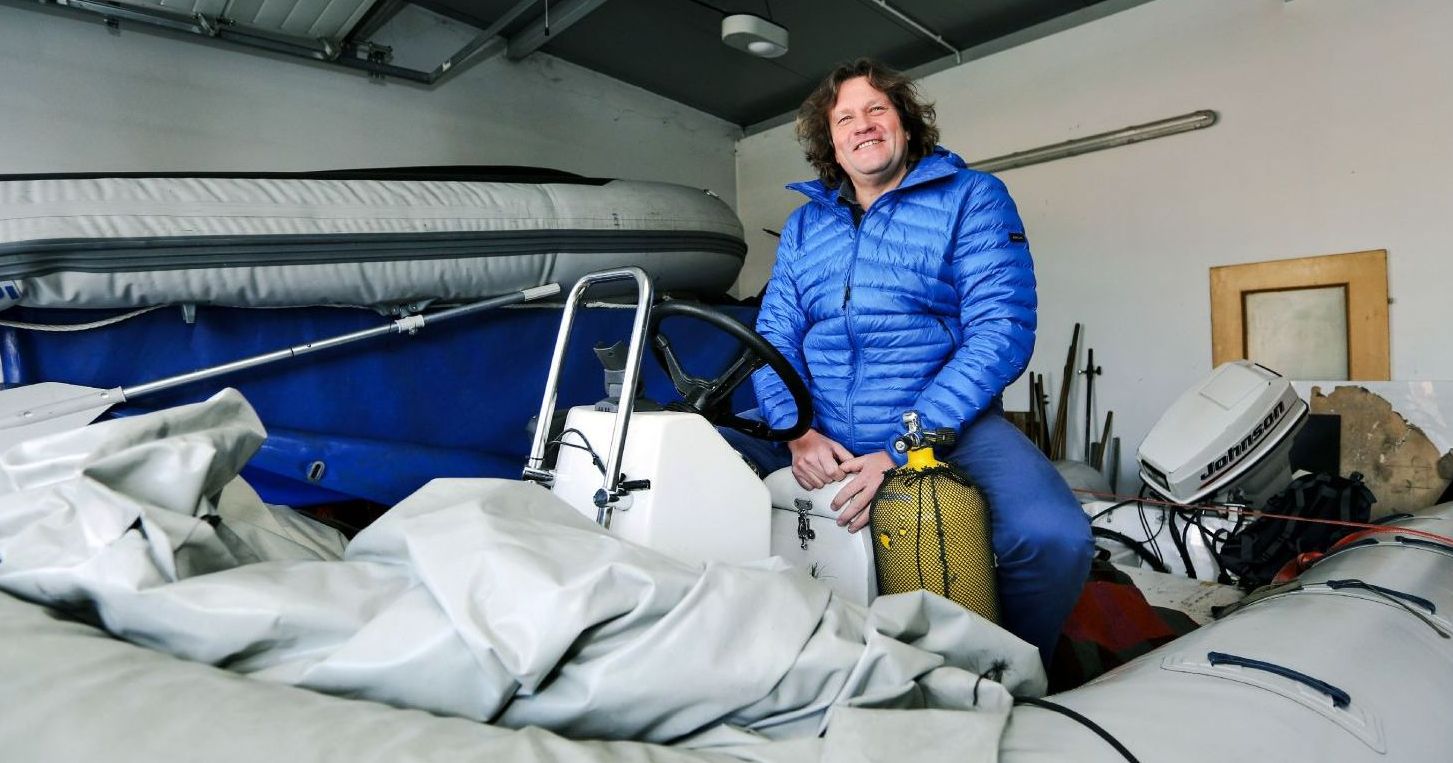 Humanities and arts
Humanities and arts
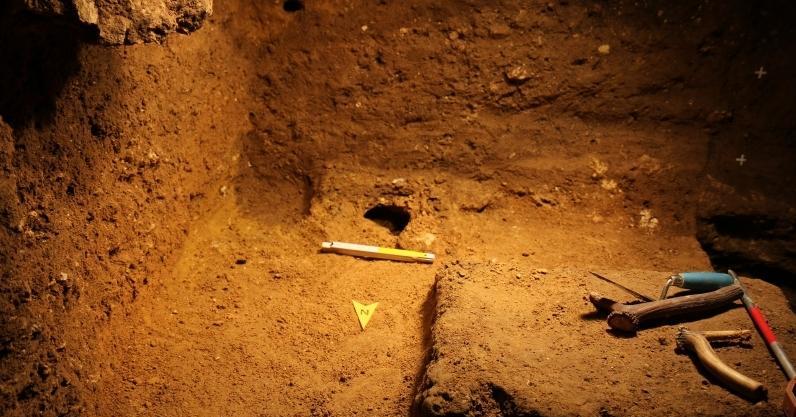 Humanities and arts
Humanities and arts